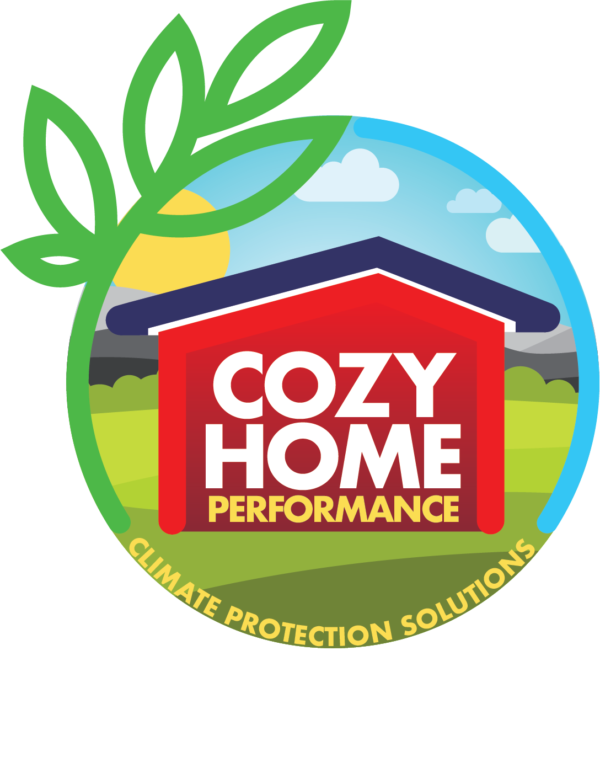Getting to Fair Cost-Effectiveness Testing
Post Updated: July 26, 2017
"The suite of tests used to test the cost-effectiveness of energy efficiency and other programs funded by systems benefits charges needs fundamental change..... As currently structured and implemented, the tests hinder the design and implementation of residential energy efficiency programs"
cost-effectiveness tests are undermining important public policy goals, such as carbon reduction, clean air, job creation, national
security, and reduction in dependence on foreign energy sources.
security, and reduction in dependence on foreign energy sources.
.
The National Home Performance Council released a report last week by Robin LeBaron titled Getting to Fair Cost-Effectiveness Testing: Using the PACT, Best Practices for the TRC, and Beyond.
Download the report
Are some of these changes needed in Massachusetts to achieve deeper energy savings and create robust green industry growth? You bet.
Cozy Home Performance specializes in comprehensive home performance improvements. As exciting as the new Mass Save HPC programs are, the program structure, designed by utility Program Administrators to comply with the MA DPU (Dept. of Public Utility) regulations, are very difficult for us to provide comprehensive retrofit services to our Mass Save customers. The utility program administrators are very limited as to what energy efficiency measures they can approve as rebate-eligible through rate-payer funded programs. Some generalized examples of omissions on the ‘approved measure’ list are : basement sill band spray foam, unconditioned crawlspace perimeter wall insulation, hot-roof assemblies, any attic flat insulation above R-38, etc. etc. An example that is a current hot topic of discussion are the consideration of building permit fees. Building permits for insulation are required to be paid for by the contractor. Allowing the contractor to directly pass this fee to the homeowner goes against the cost-effectiveness of the installed measures. This is neither fair nor practical and represents the need for systemic changes that can relieve the PA’s and their Lead Vendors of their need to control the contractor/customer relationship.
.
There has been great progress in the building performance technologies, research and development over the last 10 years. The industry is able to provide more robust energy efficiency services to bring Massachusetts buildings up to a higher level of energy performance. Many consumers are ready to make these substantial improvements. Unfortunately, due to the current TRC, cost-effectiveness structure, the rate-payer programs limit how ‘deep’ people can go. (although DER pilots are exciting, the MER, or middle energy retrofit, is where the primary need is. The current TRC structure is hindering these projects)
.
I hope that the Home Performance Council report helps the DPU, DOER, and utility Program Administrators- the decision makers in MA- to acknowledge that increasing the layers and complexity of the suite of impressive rate payer funded energy efficiency programs is not going to address the core issues that reverberating through all aspects of the programs. Instead, by successfully restructuring the Total Resource Cost test, or potentially shifting to a Program Administrator Cost test (PAC), the programs could run more smoothly. With changes to cost-effectiveness testing in Massachusetts, rate-payer money will be spent on more energy savings and there will be increased opportunities for industry growth to meet the huge need to retrofit our aged building stock and put people back to work.
Download the report [pdf]

